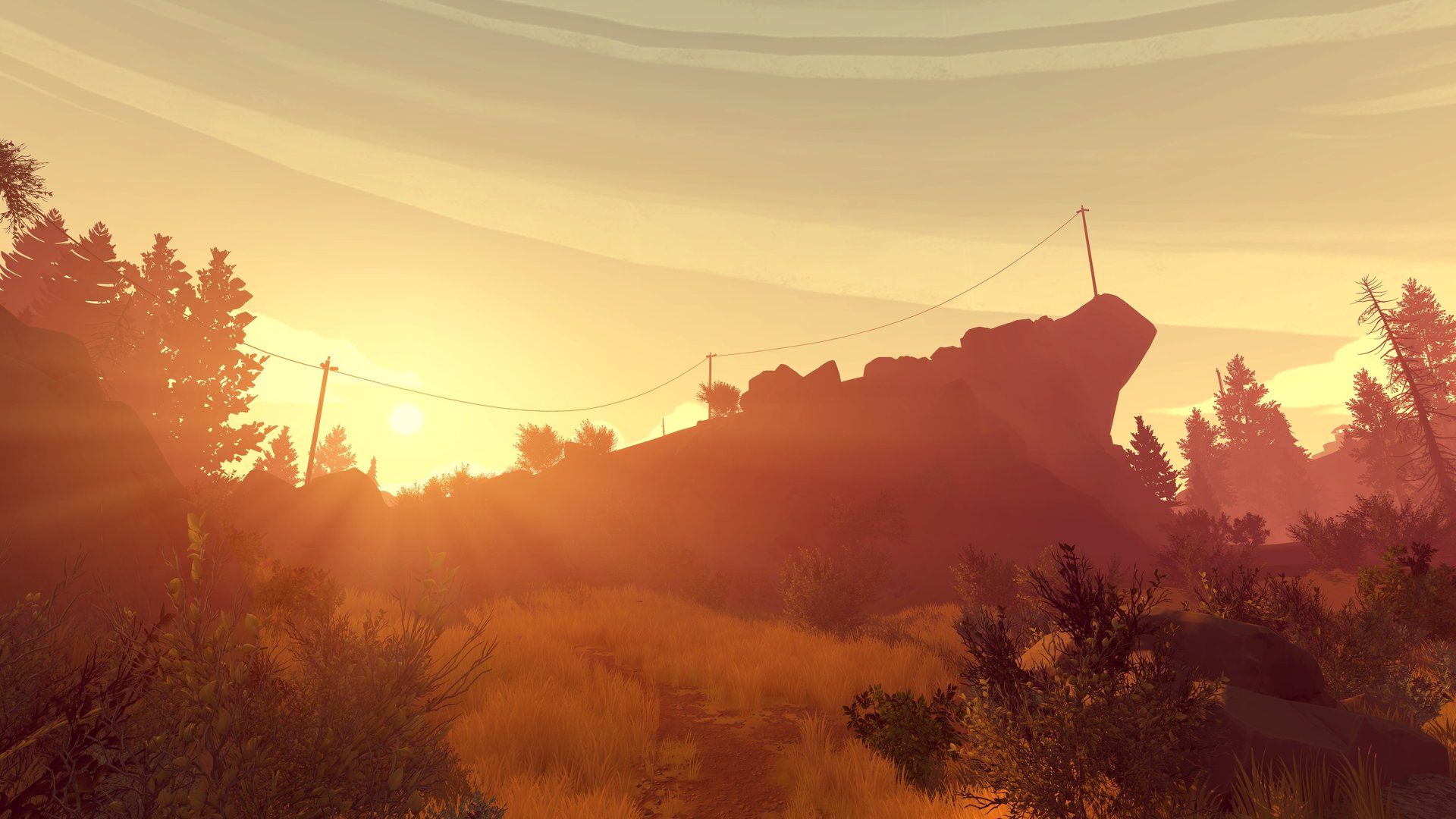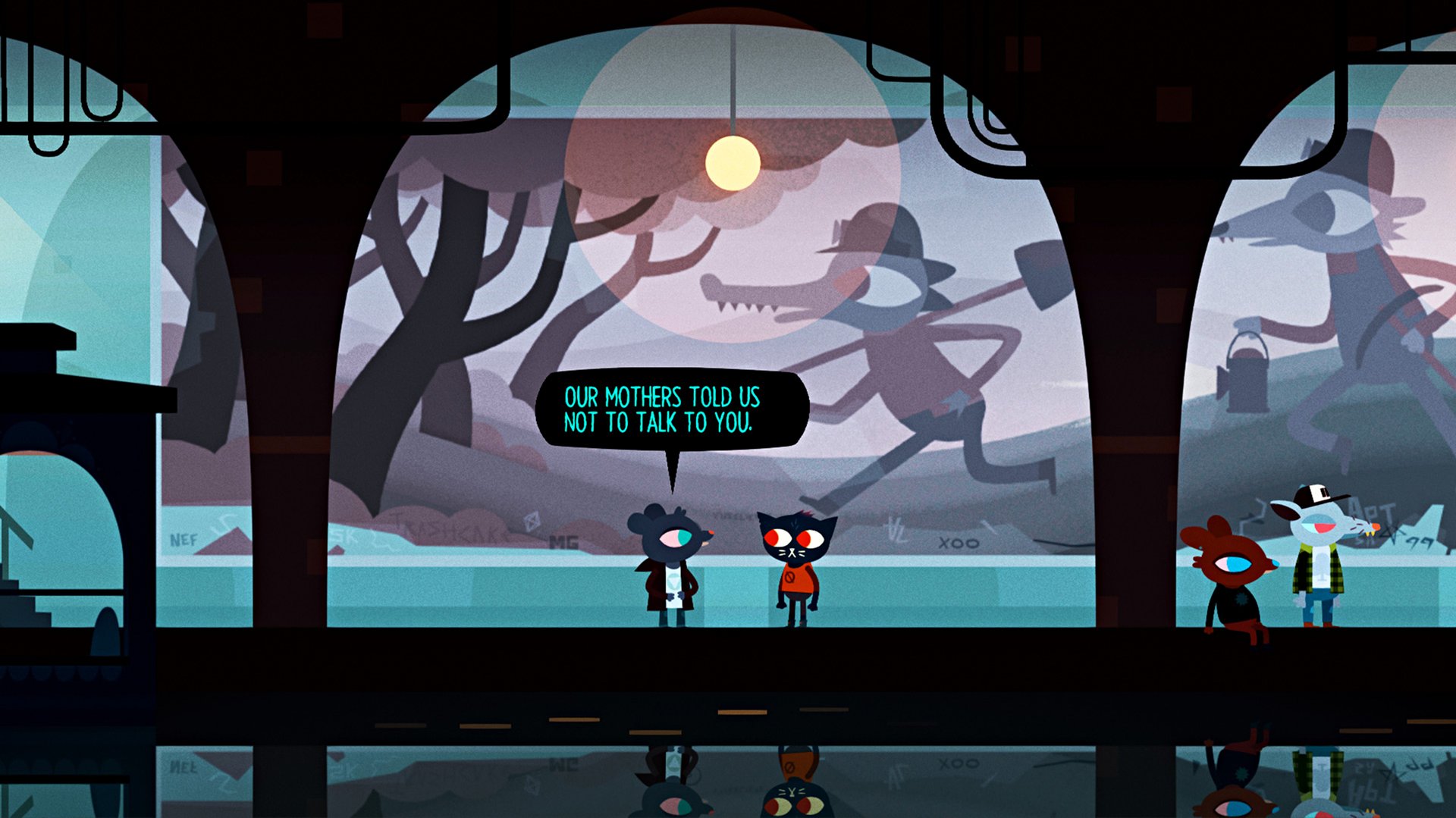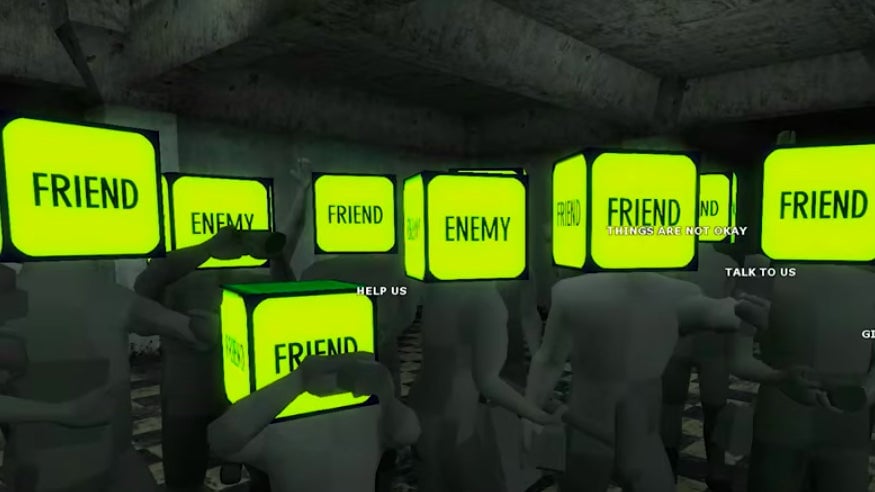The best indie games you’ll find on the Steam Summer Sale
The Steam Summer Sale has begun, and gamers have two weeks to buy up discounted titles. While you may feel the urge to head straight for the biggest video games on sale—like the Fallout series and Grand Theft Auto V—you should also take the time to peruse the assortment of smaller indie games available for cheap.


The Steam Summer Sale has begun, and gamers have two weeks to buy up discounted titles. While you may feel the urge to head straight for the biggest video games on sale—like the Fallout series and Grand Theft Auto V—you should also take the time to peruse the assortment of smaller indie games available for cheap.
Three particularly noteworthy indie video games currently on sale are Firewatch, the 2016 debut game of studio Campo Santo, Night in the Woods, a 2017 game made by Infinite Fall, and The Beginner’s Guide, a game by Davey Wreden, the creator of indie hit The Stanley Parable. All three games have strong novelistic qualities—they are dialogue-heavy, leaning on narrative and character development over more traditional gaming mechanics—and are a great introduction to independent, story-centric games, if you’re looking for something more than just jumping off platforms or shooting weapons.
Firewatch: A game about being (mostly) alone in the woods

Firewatch isn’t the first game to feel like a novel, but it is one of the best. Through superb voice-acting and heart-thumping pacing, the game succeeds with a nuanced emotional spectrum, from start to finish.
Players assume the first-person perspective of Henry, a man who decides to leave behind a difficult situation at home to take a remote job as a fire lookout in the middle of the Shoshone National Forest. He’s left to explore the beautiful Wyoming wilderness on his own, accompanied only by the voice of his supervisor—a charming, mercurial woman named Delilah—over a walkie-talkie. The tranquility of the woods quickly takes a turn for the eerie, though, as Henry stumbles upon evidence that he is being watched, and his conversations with Delilah slowly reveal that neither of them has been a particularly reliable narrator.
Though driven by vocal dialogue, Firewatch‘s success is also due in part to its breathtaking visuals, which are particularly sharp for a game produced by such a small team. The game’s environments are intended to be stared at and admired more than interacted with, reflecting a real-life trip to the wild as best as a game can imitate.

Firewatch contains some gaming elements you’ll find familiar: You collect items, travel to locations on a map, and solve basic puzzles. But for the most part, the game is a vessel for Henry and Delilah to develop a relationship, dredge up the past, and solve the mystery of what’s going on in the woods. Players can choose how Henry responds to Delilah’s dialogue, which impacts how she speaks to him in future scenes. Because of this choose-your-own-adventure style, Firewatch is a highly re-playable game, which makes its current $5 price tag on Steam particularly appealing.
Night in the Woods: It’s hard out here for a millennial cat

Night in the Woods is a game that refuses to pull punches. It approaches each of its many themes—from economic hardship and social despair to mental health and identity—honestly and realistically. And that’s no easy feat for a game populated by anthropomorphic animals.
Players control Mae Borowski, a 20-year-old cat who recently dropped out of college and returned home to live with her parents. Mae explores her hometown, which has undergone changes after an economic slump, and reunites with her high school friends.
Mae’s quirks are obvious from the start of the game: she loves to explore where she shouldn’t, to speak in hyperbole, and to always be on the move. As the game progresses, it’s also clear that these quirks are intrinsically tied to Mae’s mania, depression, paranoia, and general sense of not belonging. Mae’s situation is a uniquely relatable one for gamers who might be struggling to find purpose and economic security in a post-recession US.
Players navigate Mae through town and make decisions about who to build relationships with, what to do with all her free time, and how to gather evidence for a mystery that involves a missing person, a shadowy figure, and a severed arm. Of all of Night in the Woods’ different game mechanics (jumping, running, swinging a bat), none is as frequently employed or as important as talking. Throughout the entire game, players make decisions about who Mae should talk to and how she should reply. While there is a central story and plot to Night in the Woods that all players are forced to follow, their decisions during these conversations can make some changes to their gameplay, resulting in divergent experiences.
The developers of Night in the Woods took a big risk in making its main character the least likable character in the game. Mae is moody, rude, flighty, and difficult to understand. Her perspective, however, is more valuable than her personality. In seeing the world through Mae’s eyes, players see the events of the game colored by grief and anguish. As the game’s core mystery plot unfolds, the tension of the story’s conflicts are tied to Mae’s own inner conflicts and turmoil, resulting in a narrative arc with much greater catharsis and poignancy.
Night in the Woods is currently selling for $13.99 on Steam (30% off its usual price) and is well worth picking up.
The Beginner’s Guide: How do you play a game about games?

To understand The Beginner’s Guide, you have to understand a little bit about the indie game-maker Davey Wreden, its creator and narrator. Wreden became an overnight celebrity in the indie gaming world when his first game The Stanley Parable, debuted on Windows in 2013. It’s a very funny, very dark, very meta-game about a man named Stanley (the player) who works all day at a job that requires him to press buttons matching instructions on a screen (a not-so-subtle nod toward the video game-player dynamic). In the game, Stanley is directed by an imposing British narrator who dictates every significant decision: where to turn, which door to enter, what to click. If the player breaks protocol and goes off the beaten path, there are consequences that range from losing the game to breaking the game and forcing a restart, to discovering all sorts of awful truths about the purpose behind the game and Stanley’s job.
The Stanley Parable was a surprise hit, earning high praise from critics and unprecedented download figures for a small indie game. Wreden’s follow-up game, The Beginner’s Guide, was released in 2015 in response to this sudden success. Wreden himself serves as narrator this time, guiding the player through the games portfolio of a man named Coda. The player is told that Coda makes video games without releasing them to the public, and is led through several of Coda’s games—which are sometimes nothing more than a concept or a single room—as Wreden explains the details of their creation and the possible interpretations of their meaning.
As the game progresses, the player starts to spot more and more of Coda’s signature mechanics, themes, and images, and also starts to notice their similarities to Wreden’s own rhetoric and reflection; an unspoken backdrop throughout Wreden’s narration is his reaction to sudden celebrity and dealing with endless feedback from fans of The Stanley Parable.
The joy of The Beginner’s Guide comes both from the lofty ambitions of its self-referential structure and the genuine inventiveness of Coda’s many mini-games, several of which are fun, clever concepts worthy of being real-life indie games themselves. By contrasting this simple enjoyment with the game’s unnaturally formatted and introspective story, Wreden expertly forces the player to question their relationship to their favorite games, and by extension, their relationship to the people who make these games.
The Beginner’s Guide is currently 75% off on Steam, and can be purchased for $2.49.